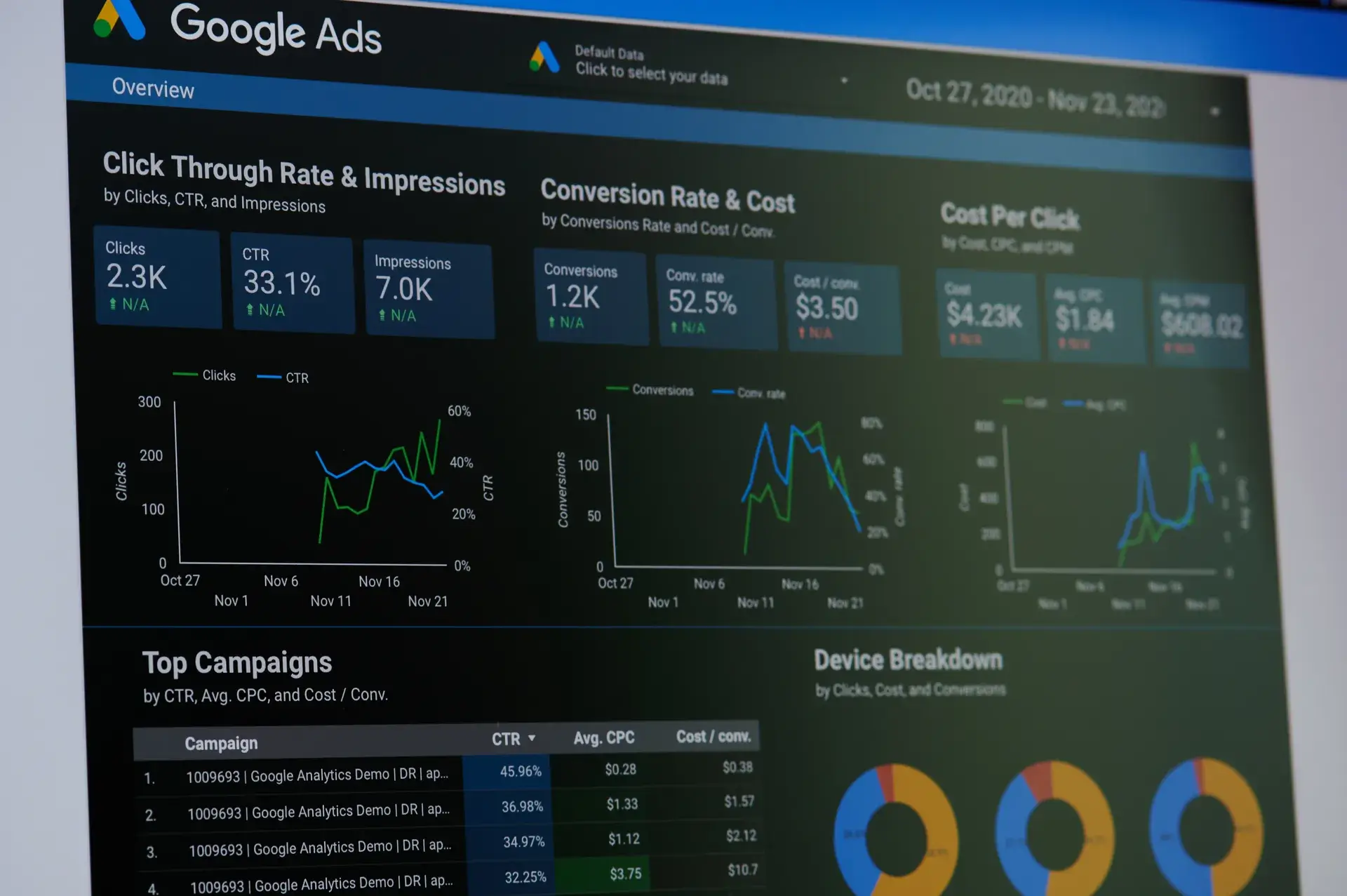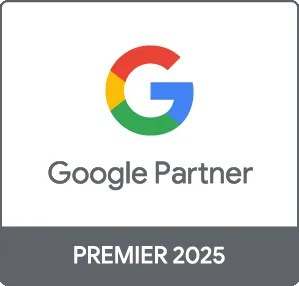Targeted PPC advertising is a powerful marketing strategy that allows businesses to reach specific audiences with precision. By leveraging data-driven insights and keyword targeting, companies can drive relevant traffic to their websites and improve conversion rates. In this guide, we will explore the key concepts of targeted PPC advertising, its benefits, best practices, and tips for creating effective campaigns that generate results.
What is Targeted PPC Advertising?
Pay-per-click (PPC) advertising is an online advertising model where advertisers pay each time a user clicks on their ad. Targeted PPC advertising enhances this strategy by focusing on specific demographics, behaviors, and interests to ensure ads reach users most likely to convert. By refining your audience, you can maximize your advertising budget and achieve a higher return on investment (ROI).
Benefits of Targeted PPC Advertising
- Increased Relevance: By targeting specific keywords and audience segments, your ads are more relevant to users, which can lead to higher click-through rates (CTR).
- Better Conversion Rates: When ads are tailored to audience interests and needs, the likelihood of conversion increases significantly.
- Cost Efficiency: Targeting specific audiences allows you to use your advertising budget more effectively, avoiding wasted spend on irrelevant clicks.
- Real-Time Analytics: PPC platforms provide data on ad performance, allowing you to adjust campaigns immediately to optimize results.
Best Practices for Targeted PPC Advertising
1. Define Your Target Audience
Begin by identifying your ideal customer. Consider factors such as demographics, interests, and online behavior. Use tools like Google Analytics to gather data on your existing audience.
2. Use Keyword Research Tools
Implement keyword research tools like Google Keyword Planner to identify high-performing keywords relevant to your products or services. Consider long-tail keywords that may have less competition but higher conversion potential.
3. Create Compelling Ad Copy
Your ad copy should be clear, engaging, and align with the interests of your target audience. Use strong calls-to-action (CTAs) to encourage users to click.
4. A/B Testing
Conduct A/B testing on your ads to determine which elements resonate best with your audience. Test different headlines, descriptions, and images to optimize your campaigns.
5. Monitor and Adjust
Consistently monitor your campaign performance using analytics tools. Adjust your bids, targeting options, and ad copy based on the data to improve results over time.
Conclusion
Targeted PPC advertising is an essential strategy for businesses looking to maximize their advertising efforts. By focusing on a specific audience, utilizing keyword research, crafting compelling ad copy, and continuously optimizing your campaigns, you can achieve significant results. At Prebo Digital, we specialize in PPC advertising strategies tailored to your business needs. Let us help you drive targeted traffic and accelerate your growth—contact us today for a consultation!





